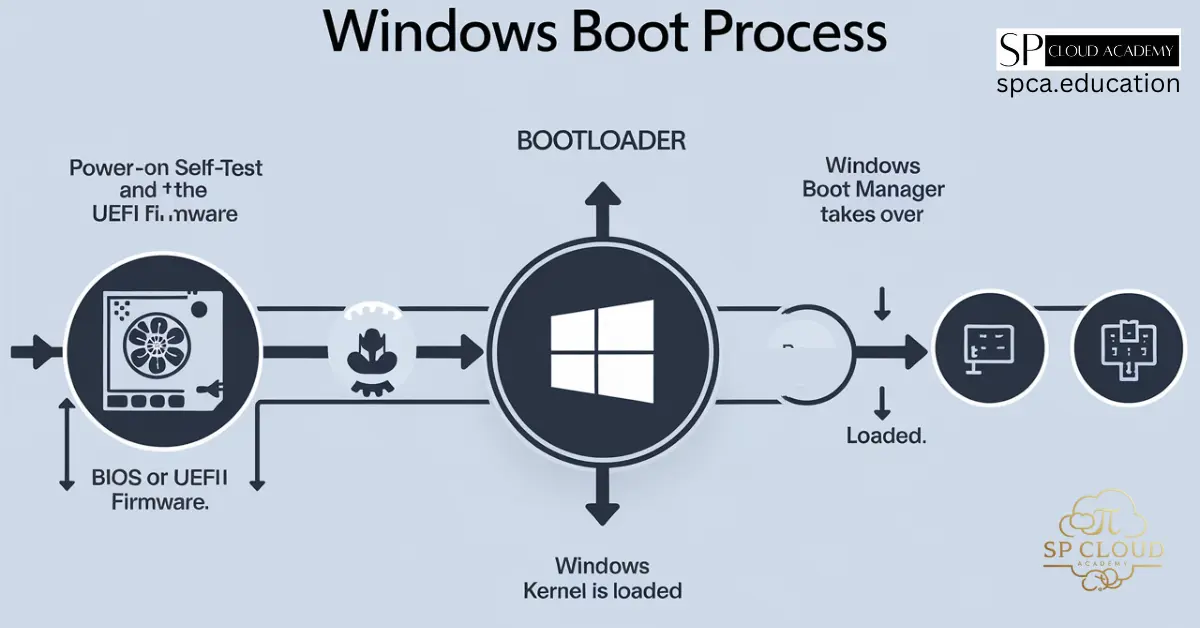1. What Is the Windows Boot Process?
The Windows boot process is a series of steps performed by your computer to initialize hardware and software, ultimately leading to the operating system’s readiness for user interaction. It ensures that essential components are loaded and operational. Whether you’re a novice user or an IT professional, understanding this process is vital.
The boot process begins the moment you power on your machine. It systematically checks the hardware, loads essential drivers, and initializes the Windows operating system. Every stage is crucial in determining the system’s stability and performance.
2. Why Should You Understand the Boot Process?
Understanding the boot process isn’t just for tech enthusiasts—it’s a valuable skill for everyone who uses a computer. Here’s why:
- Troubleshooting: If your PC fails to start, knowing the boot stages can help pinpoint the issue, saving time and effort.
- Performance Optimization: You can identify bottlenecks in the startup sequence, such as unnecessary programs slowing down the process.
Moreover, a detailed understanding equips you to handle emergencies like system crashes or malware attacks that interfere with startup.
3. Stages of the Windows Boot Process
The Windows boot process consists of multiple stages, each playing a critical role in initializing your computer and loading the operating system. Let’s explore these stages in detail:
3.1 Power-On Self-Test (POST)
The boot process begins with the Power-On Self-Test (POST), a diagnostic test performed by the computer’s firmware (BIOS/UEFI).
- Purpose of POST:
POST checks the hardware components to ensure they are functioning properly. This includes verifying the CPU, RAM, graphics card, and storage devices. - Key Indicators:
During POST, you might hear a beep or see diagnostic codes if there are issues. These codes can help identify specific hardware problems.
If POST is successful, the system proceeds to locate the bootloader.
3.2 Bootloader Activation
Once POST is complete, the firmware hands over control to the bootloader, a small program responsible for loading the operating system.
- Master Boot Record (MBR) and GUID Partition Table (GPT):
- MBR: The traditional boot sector used in older systems.
- GPT: A modern partitioning system used with UEFI, offering more robust capabilities like larger disk support and redundancy.
The bootloader scans the partition table to locate the operating system and initiate the next step.
3.3 Loading Windows Boot Manager (BOOTMGR)
The bootloader activates the Windows Boot Manager (BOOTMGR), located in the system’s boot partition.
- Role of BOOTMGR:
BOOTMGR identifies the operating system’s location and prepares to load it into memory. It also enables dual-boot options if multiple OS installations exist.
This stage transitions into loading the Windows Loader, which handles the kernel.
3.4 Loading the Kernel
The kernel is the core of the operating system, responsible for managing hardware and software interactions.
- Windows Loader (WINLOAD.EXE):
This program loads the kernel (NTOSKRNL.EXE) and essential drivers into memory. - Initialization:
At this stage, critical processes such as memory management, file system access, and hardware communication are established.
3.5 System Initialization
The final stage involves the complete initialization of the operating system, culminating in the user interface.
- Session Manager Subsystem (SMSS):
SMSS launches essential services and sets up the Windows environment. - User Logon:
Once initialization is complete, the system presents the logon screen, allowing the user to access their desktop environment.
Each of these stages must execute flawlessly for the boot process to succeed.
4. Understanding Key Components of the Boot Process
4.1 BIOS/UEFI
BIOS (Basic Input/Output System) and UEFI (Unified Extensible Firmware Interface) are firmware interfaces that manage the boot process.
- BIOS: An older firmware interface limited to MBR booting.
- UEFI: A modern replacement offering faster boot times, enhanced security, and support for GPT.
4.2 Hard Drives and Partitioning Systems
- Partition Types:
- Primary partitions house the operating system.
- Logical partitions can store additional data.
4.3 Windows Registry
The Windows Registry is a hierarchical database storing configuration settings and system options. It plays a vital role during the boot process by loading essential services and drivers.
5. Common Boot Process Issues
Despite its sophistication, the Windows boot process is susceptible to problems. Here are some of the most common issues:
5.1 Black Screen Errors
A blank screen during startup can result from:
- Faulty graphics drivers
- Corrupted system files
5.2 Boot Loops
When the system restarts continuously without loading the OS, it may indicate:
- Incompatible updates
- Malware infections
5.3 Missing or Corrupt BOOTMGR
The “BOOTMGR is missing” error typically arises from:
- Deleted or damaged bootloader files
- Incorrect BIOS/UEFI configuration
6. Tools for Diagnosing Boot Issues
Windows provides several tools to address boot-related problems:
6.1 Startup Repair
Available in the recovery environment, this tool scans and repairs startup issues automatically.
6.2 Command Prompt
Advanced users can utilize commands like:
bootrec /fixmbr: Repairs the MBR.sfc /scannow: Scans and fixes corrupted system files.
6.3 Third-Party Tools
Utilities like EasyBCD and Macrium Reflect can help manage and troubleshoot bootloader issues.
7. Tips to Optimize Windows Boot Performance
A slow boot process can be frustrating, but there are several effective ways to enhance startup performance. Here are some actionable tips:
7.1 Manage Startup Programs
Many applications automatically add themselves to the startup list, slowing down the boot process.
- How to Manage Startup Items:
- Press
Ctrl + Shift + Escto open Task Manager. - Navigate to the Startup tab.
- Disable unnecessary programs by right-clicking and selecting “Disable.”
- Press
7.2 Keep Drivers Updated
Outdated or incompatible drivers can increase boot times.
- Use Windows Update or tools like Driver Booster to ensure all hardware drivers are current.
7.3 Upgrade to an SSD
Replacing a traditional hard drive (HDD) with a Solid-State Drive (SSD) can dramatically reduce boot times.
- Why SSDs Are Faster:
SSDs access data electronically, unlike HDDs, which rely on mechanical components.
7.4 Clean Up the Registry
Over time, the Windows Registry can become cluttered with invalid entries.
- Use tools like CCleaner to safely clean and optimize the registry.
7.5 Optimize BIOS/UEFI Settings
Configuring your firmware settings can improve performance.
- Enable Fast Boot: A feature in most UEFI systems that bypasses some hardware checks.
By implementing these tips, you can achieve a faster, more efficient boot process.
8. Advanced Boot Options in Windows
Windows offers several advanced boot options for troubleshooting and recovery. These options are invaluable when dealing with system issues.
8.1 Safe Mode
Safe Mode starts Windows with a minimal set of drivers and services, making it easier to identify and fix problems.
- How to Access Safe Mode:
- Restart your computer and press
F8orShift + F8(on legacy systems). - Alternatively, use Advanced Startup from Settings > Update & Security > Recovery.
- Restart your computer and press
8.2 Command Prompt Access
The Command Prompt in Advanced Boot Options provides direct control over the system.
- Common Commands:
chkdsk: Checks for and repairs disk errors.bootrec: Fixes bootloader issues.
8.3 System Restore
System Restore lets you roll back your system to a previous state.
- How to Use:
- Access System Restore from the Advanced Startup menu.
- Choose a restore point created before the issue occurred.
8.4 Startup Settings
This option allows you to customize boot settings, such as enabling debugging or disabling driver signature enforcement.
Advanced boot options are essential tools for resolving startup issues and recovering your system.
9. Future of the Windows Boot Process
As technology evolves, so does the Windows boot process. Here are some emerging trends and innovations shaping its future:
9.1 Integration of AI in Boot Optimization
AI-powered algorithms can predict user behavior and optimize boot times by preloading frequently used applications.
9.2 Cloud-Integrated Boot Processes
With the rise of cloud computing, future boot processes may rely on cloud-based profiles, allowing seamless transitions across devices.
9.3 Enhanced Security Measures
Microsoft is continuously improving security features in the boot process, such as:
- Secure Boot: Ensures only trusted software is loaded during startup.
- Virtualization-Based Security (VBS): Protects the kernel from malware attacks.
9.4 Universal Boot Systems
Future systems might adopt universal boot protocols, making cross-platform compatibility easier and more efficient.
The future of the Windows boot process promises faster speeds, enhanced security, and greater reliability.
10. Conclusion
The Windows boot process is a complex yet fascinating series of steps that bring your computer to life. From the initial Power-On Self-Test (POST) to loading the operating system, every stage is vital.
By understanding the boot process, you can:
- Troubleshoot common startup issues.
- Optimize your system’s performance.
- Utilize advanced tools to recover from errors.
As technology continues to evolve, the boot process will likely become even more streamlined, secure, and user-friendly. Staying informed ensures you’re ready to adapt and make the most of these advancements.
See Also
-
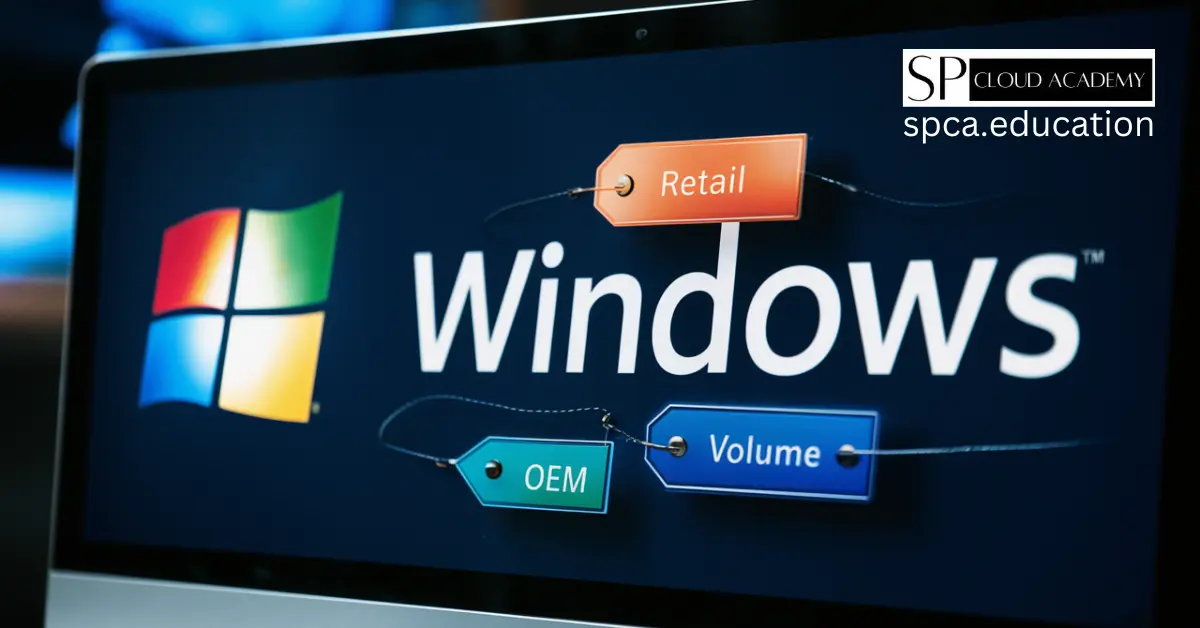
Windows License Types Explained: Retail vs OEM vs Volume — Which One’s Right for You?
-

Boost Your System Like a Pro: Step-by-Step Windows 11 Performance Monitoring Tips
-
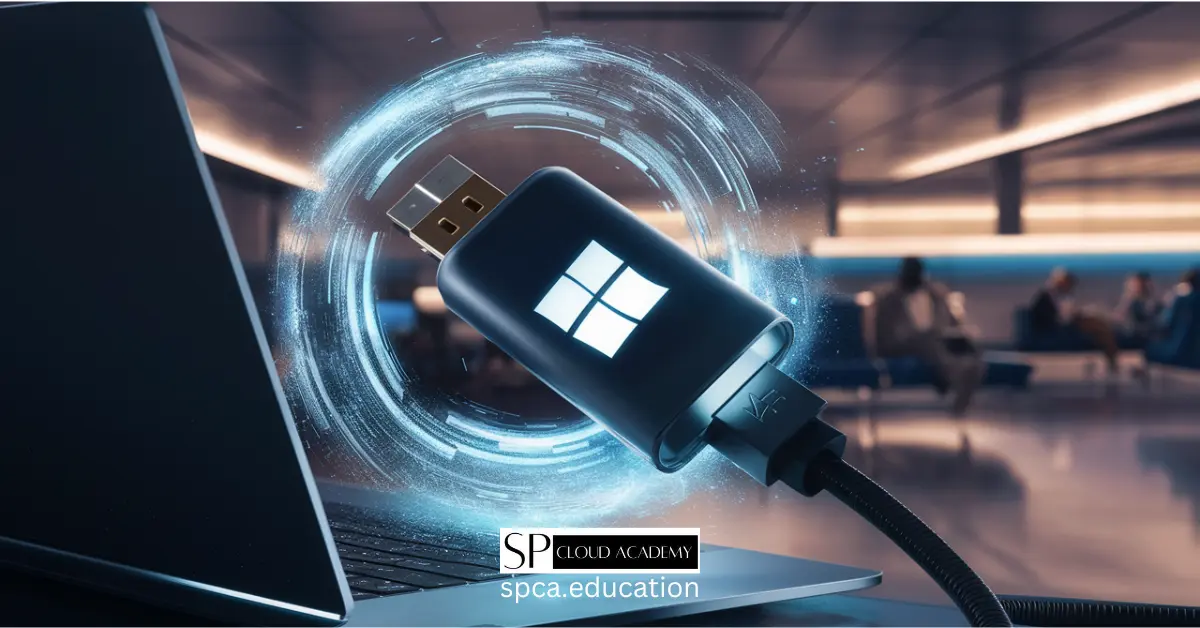
Windows To Go in Windows 11: The Portable OS Revolution You Didn’t Know You Needed!
-
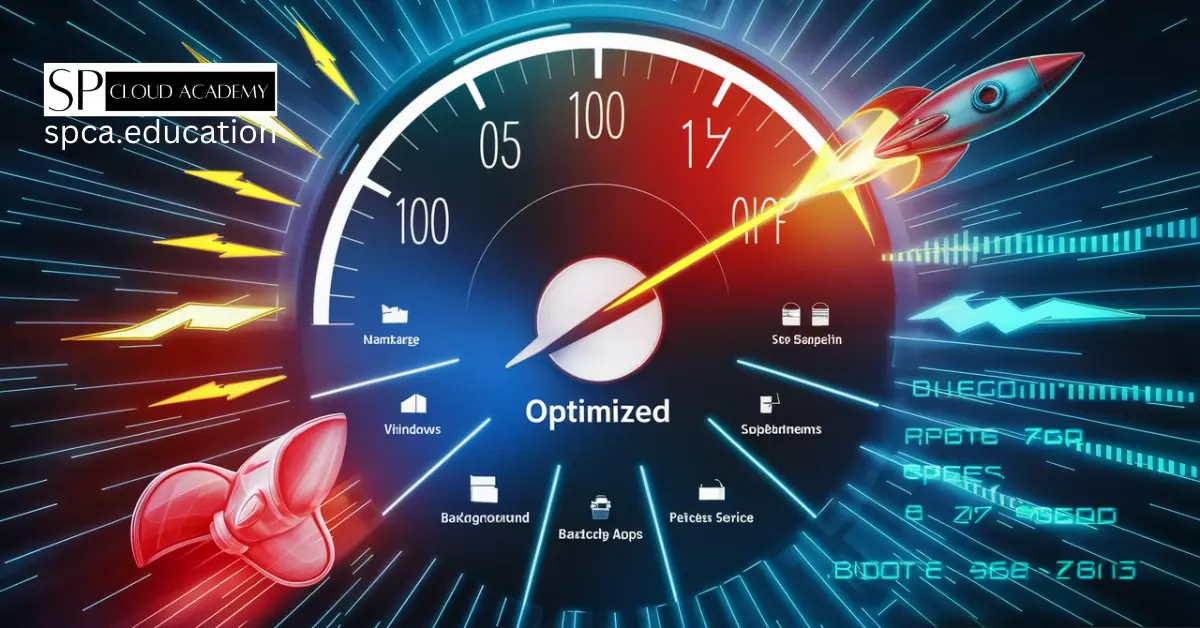
Windows 11 Performance Hacks: Stop Background Apps from Wasting Your Power!
-
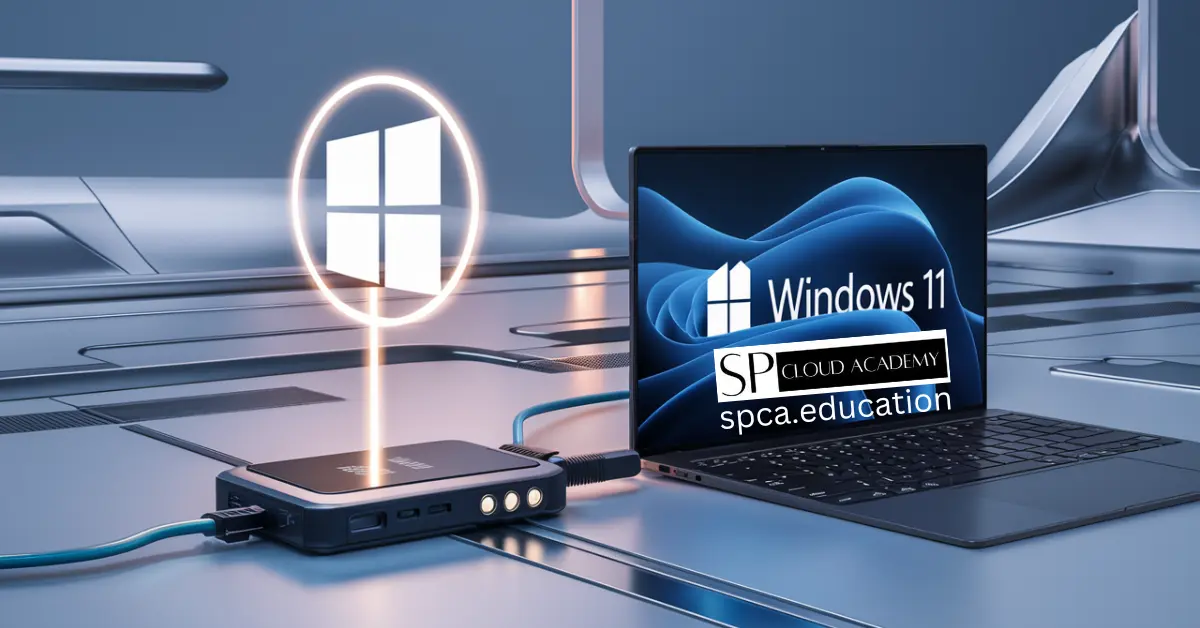
No Internal Storage? No Problem! Install Windows 11 on an External SSD Today
-
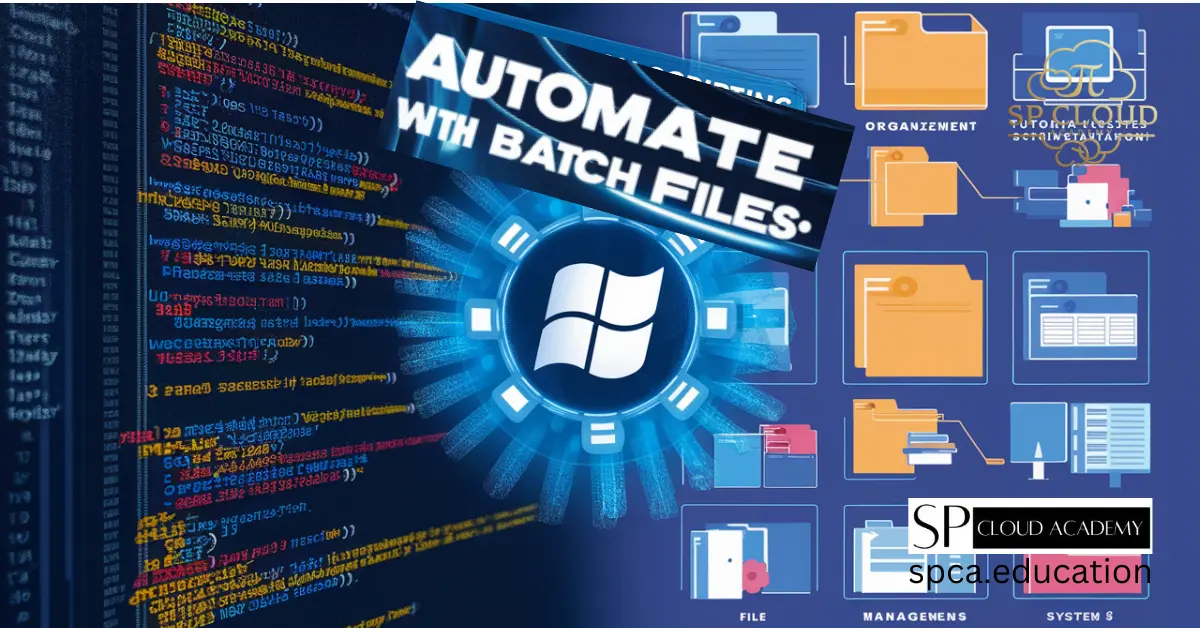
Save Time & Effort: Automate Everything with Batch Files
-
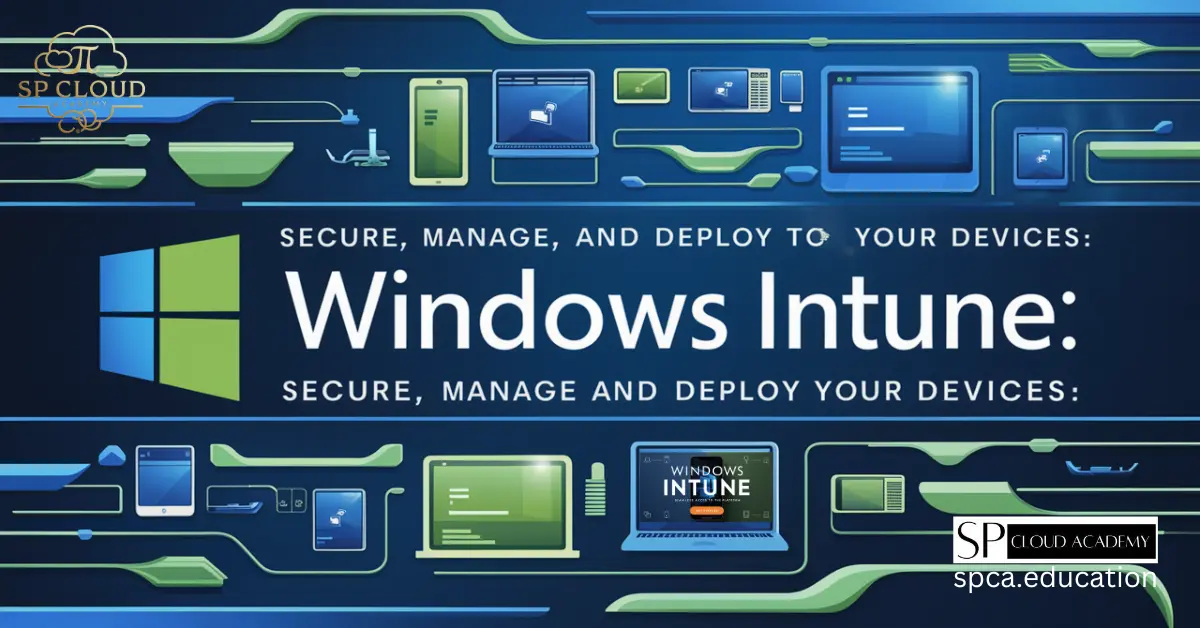
Mastering Microsoft Intune: Revolutionize Your Device Management Strategy Today!
-
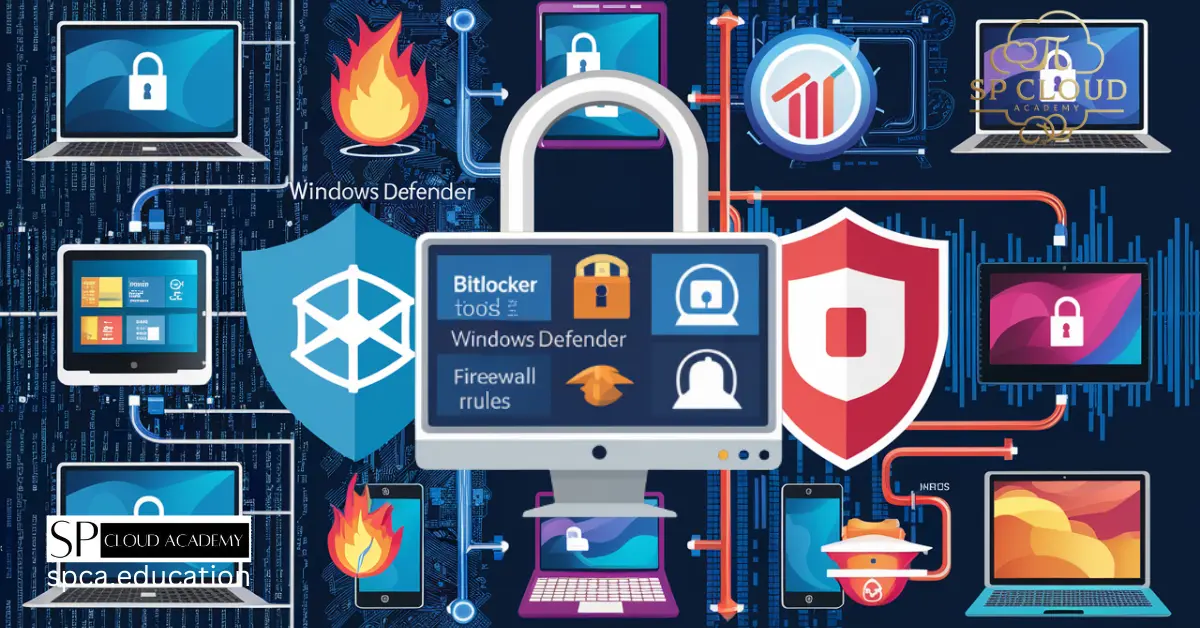
The Ultimate Guide to Securing Your System with BitLocker, Windows Defender, and Firewall Rules
